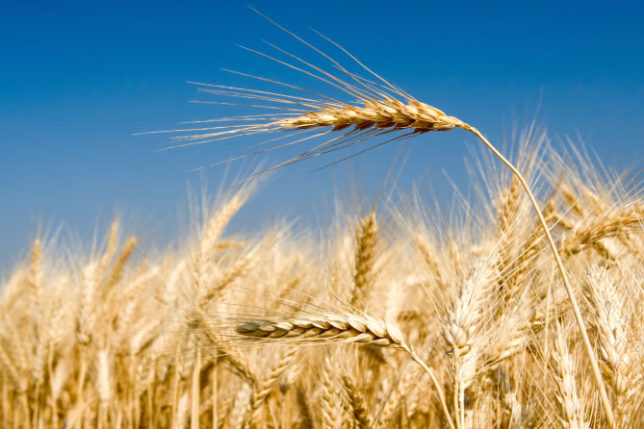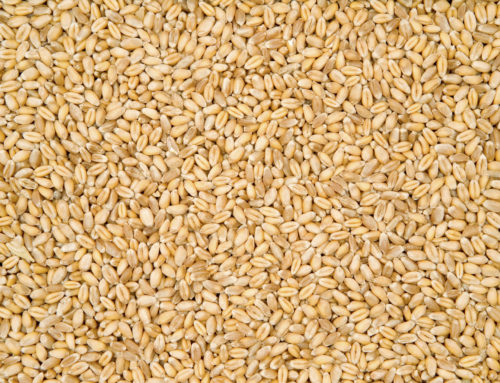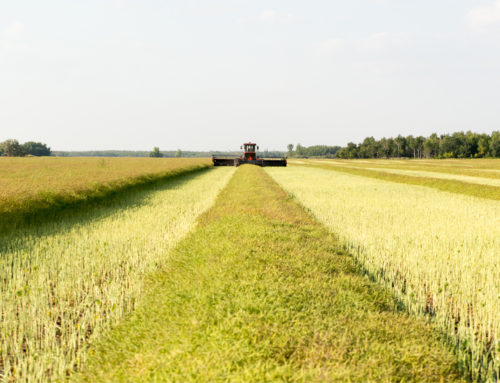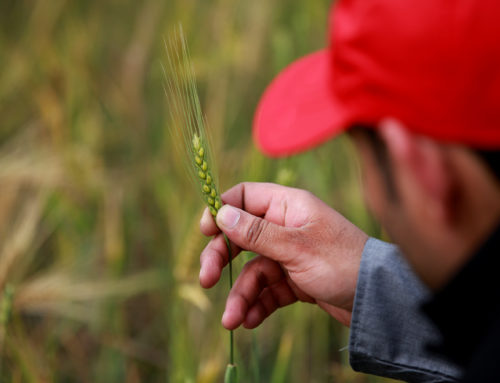Winter wheat is a great addition to a prairie crop rotation with many advantages including its profitability as a crop. Other benefits include soil cover during the fall and winter, reduced spring moisture loss, increased spring moisture usage, higher yields than CWRS wheat, earlier maturing for an early start on harvest, and integration as a weed management tool.
In the data published in the Guidelines for Estimating Crop Production Costs 2014, Eastern Edition and Western Edition by Manitoba Agriculture, winter wheat is rated as the second most profitable crop to grow for these two regions, second to Roundup Ready soybeans in Western Manitoba and fall rye in Eastern Manitoba. According to the Government of Saskatchewan’s Crop Planning Guide 2014, winter wheat has a greater return over variable expenses than any of the spring planted wheat varieties with a return of $176.30 per acre.
Producers often overlook or avoid winter wheat as part of their rotation for various reasons but mostly because they fear winterkill. Planning to grow winter wheat should begin when crop rotation decisions are being made. Choosing which field will be seeded to winter wheat before the spring planting season begins allows for the proper stubble and residue management required to minimize winterkill. On the prairies, winter wheat must be seeded into standing crop stubble to ensure adequate snow cover to act as insulation to protect the seedlings from the cold winter temperatures. It is important to have fields with enough stubble to trap at least 8 centimetres of snow available for the September seeding window.
The most desirable stubble for winter wheat on the prairies is either canola or mustard because they have the lowest disease and pest risks and provide adequate stubble height for snow trapping. Planting canola and winter wheat in a rotation is a good weed management tool and an excellent strategy in guarding against herbicide resistant weeds. Winter wheat is a competitive crop that can choke out many weeds, especially spring germinating annual weeds.
Winter wheat can help build up the soil. It is a plentiful source of straw and stubble that acts as a soil builder contributing to the organic matter in the soil while the fine root system improves topsoil tilth when incorporated.
Optimum seeding date windows are September 1-15 in northern areas and September 1-21 in more southern areas in Manitoba and August 20 in northeast Saskatchewan to September 15 in southwestern areas. It is important for successful overwintering that the crop has adequate time in the fall to develop healthy root crowns and two to three leaves. Seeding at the proper time and temperature will have a greater effect on the crop even if the soil moisture is low. Do not wait for the soil moisture to improve, it is more important to seed at the right time to take advantage of the warmer temperatures to optimize plant establishment.
Winter wheat has three main marketing options: milling, feed, and ethanol. As with all crops, quality is very important when marketing winter wheat with a few quality factors that need to be met whether marketing for milling or for feed depending on the specific purchasers. Marketing flexibility is a benefit for winter wheat producers including early grain movement, early cash flow and increased efficiency in storage usage.
As long as the proper management practices are followed, growing winter wheat is a fairly straightforward crop to grow and can be an excellent addition to a crop rotation plan.
Sources:
http://www.growwinterwheat.ca/
Guidelines for Estimating Crop Production Costs 2014, Eastern Edition and Western Edition by Manitoba Agriculture
Government of Saskatchewan’s Crop Planning Guide 2014
http://www.gov.mb.ca/agriculture/crops/production/winter-wheat.html
http://www.agriculture.gov.sk.ca/
Alberta.ca>Agriculture and Rural Development: Agronomic Management of Winter Wheat in Alberta







Leave A Comment